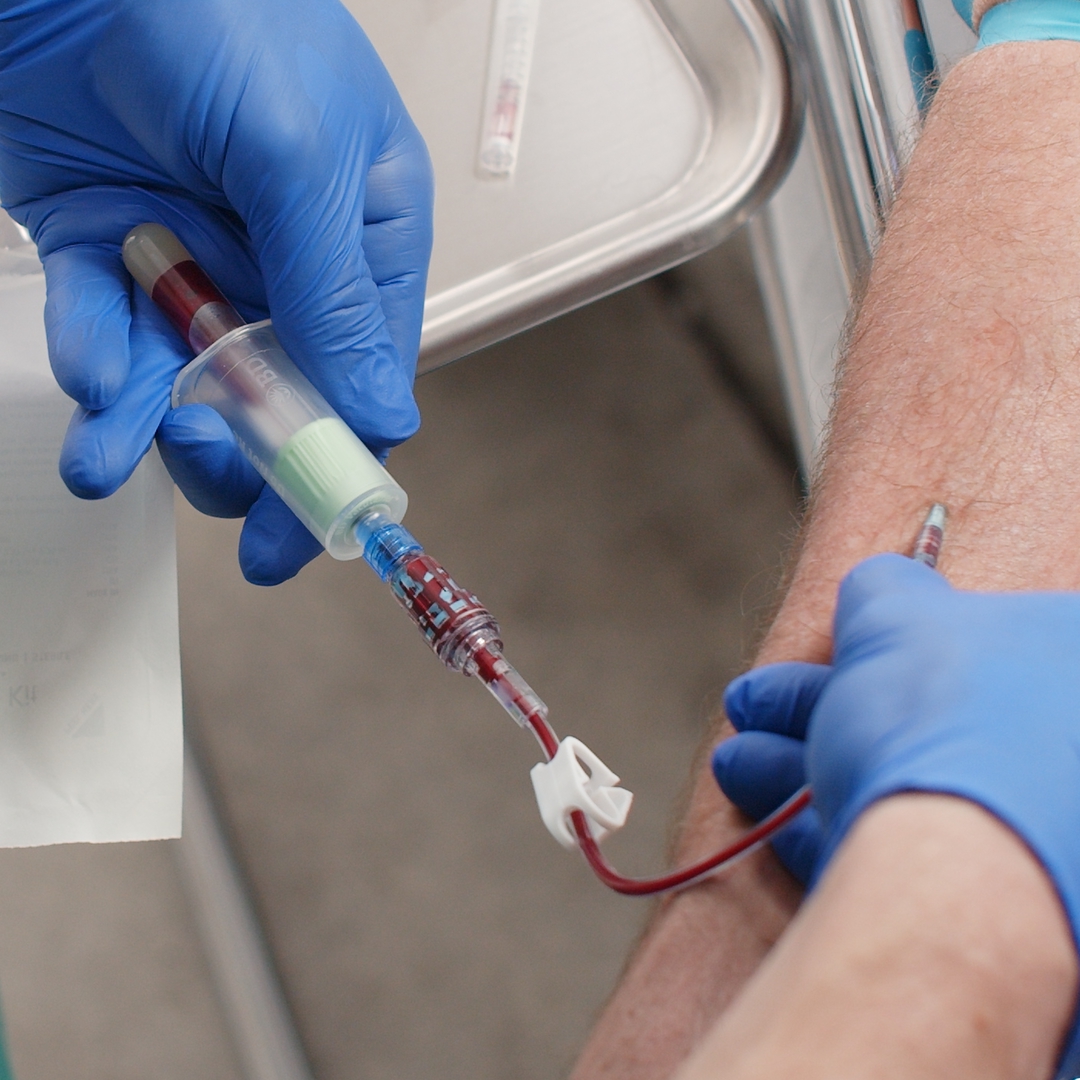Blood draw vein labs collection nurse patient effective safe lab work cuff tools
Table of Contents
Table of Contents
Are you tired of driving to the clinic for blood draws? Or maybe you’re simply curious about how to draw blood at home? Whatever the reason may be, learning how to draw blood at home can save you time, money, and provide convenience. In this article, we’ll discuss the basics of drawing blood at home, common pain points, and helpful tips to ensure a successful draw.
The Pain Points of Drawing Blood at Home
While drawing blood at home may sound simple, it’s important to understand the potential pain points that come with the process. One common issue is finding the right location to draw blood from. It’s essential to choose a spot with visible veins, like the inner forearm or upper arm. Additionally, improper technique can result in uncomfortable or painful experiences, so it’s important to follow the proper steps to avoid complications.
How to Draw Blood at Home
Firstly, gather the necessary supplies. You’ll need a blood collection kit, which includes a sterile needle and collection tube, as well as gloves, rubbing alcohol, and gauze. Once you have all of the supplies, you’ll want to sanitize the area and follow these steps:
- Choose and sanitize the location for drawing blood
- Wear gloves and sanitize your hands
- Prepare your equipment and sanitize the puncture site with rubbing alcohol
- Insert the needle and collect the blood
- Dispose of your used materials and sanitize the area
It’s important to note that drawing blood is a sterile process, so be sure to follow the steps carefully and sanitize all equipment and surfaces beforehand. If you’re ever unsure, it’s always best to consult a medical professional.
Summary of How to Draw Blood at Home and Related Keywords
In summary, drawing blood at home can be a convenient and cost-effective alternative to visiting a clinic. It’s important to understand the pain points of the process and follow proper techniques, such as sanitizing the area and wearing gloves. With the right supplies and careful steps, drawing blood at home can be a safe and successful experience.
My Personal Experience with Learning How to Draw Blood at Home
Learning how to draw blood at home was an intimidating process for me at first. However, after following the proper steps and gathering the necessary supplies, I found that it was a simple and effective way to save time and money. One tip I found helpful was to practice on an orange to get used to the feeling of inserting the needle. Overall, with patience and practice, drawing blood at home can be a valuable skill to have.
Troubleshooting Common Issues When Drawing Blood at Home
If you encounter issues when drawing blood at home, it’s important to know how to troubleshoot them. Common issues include difficulty finding a usable vein or blood flow stopping mid-draw. If you’re experiencing difficulty finding a vein, try gently tapping the area or applying a warm compress to encourage blood flow. If blood flow stops mid-draw, try repositioning the needle or gently massaging the area.
The Importance of Safety when Drawing Blood at Home
It’s important to keep safety in mind when drawing blood at home. Sterilization of equipment and surfaces is crucial to prevent infections or other complications. Additionally, it’s recommended to dispose of used equipment properly and safely, such as placing the needle in a sharps container. If you’re ever unsure about the safety of a certain step or technique, consult with a medical professional.
Question and Answer
Q: Can anyone learn how to draw blood at home?
A: It’s recommended that only individuals with prior medical training or experience attempt to draw blood at home.
Q: What are some common pain points when drawing blood at home?
A: Common pain points include difficulty finding a usable vein and improper technique resulting in discomfort or pain.
Q: What supplies are needed for drawing blood at home?
A: Supplies include a blood collection kit with a sterile needle and collection tube, gloves, rubbing alcohol, and gauze.
Q: How do you troubleshoot common issues when drawing blood at home?
A: Troubleshooting includes gently tapping the area or applying a warm compress to encourage blood flow, or repositioning the needle or gently massaging the area if blood flow stops mid-draw.
Conclusion of How to Draw Blood at Home
Learning how to draw blood at home can provide convenience and save time and money. It’s important to understand the proper techniques and safety measures to ensure a successful draw. With patience and practice, drawing blood at home can be a valuable skill to have.
Gallery
Safe And Effective Blood Draw - YouTube

Photo Credit by: bing.com / blood draw vein labs collection nurse patient effective safe lab work cuff tools
How To Draw Blood At Home - Drawing Tutorials

Photo Credit by: bing.com / blood draw tips drawing
Blood Draw [IMAGE] | EurekAlert! Science News Releases
Photo Credit by: bing.com / develop biomarkers relapse rezidiv patienten blut psychotic predict microbial technician waits vial biomarker entwickeln forscher disorders developing diatermiaclinic schultz
Blood Draw Tuesday – Geoff Fox: My Permanent Record

Photo Credit by: bing.com / geofffox
IV Video Course | Nurse Keith

Photo Credit by: bing.com / iv blood draw course
![Blood Draw [IMAGE] | EurekAlert! Science News Releases Blood Draw [IMAGE] | EurekAlert! Science News Releases](https://howtodrawschool2.netlify.app/img/placeholder.svg)





